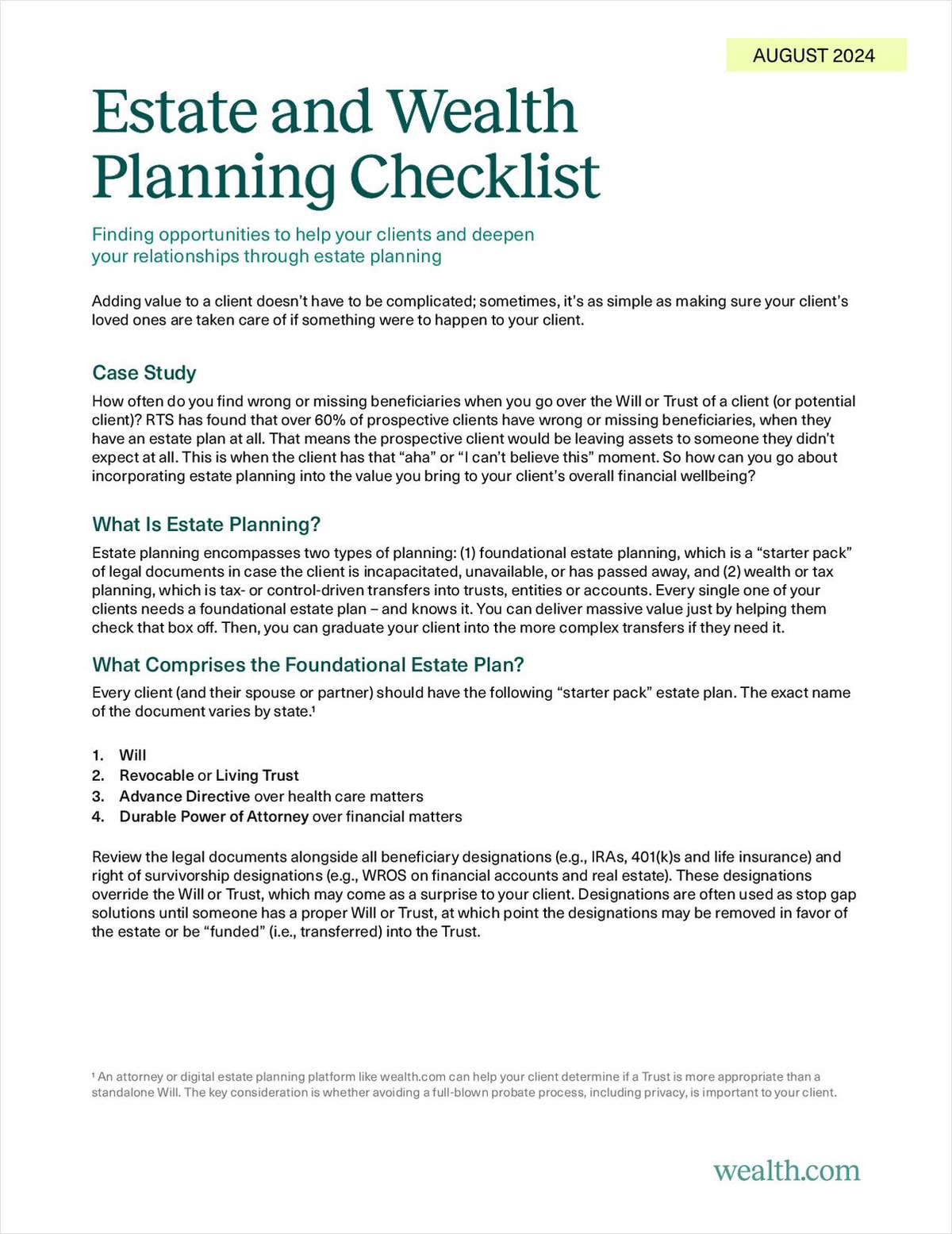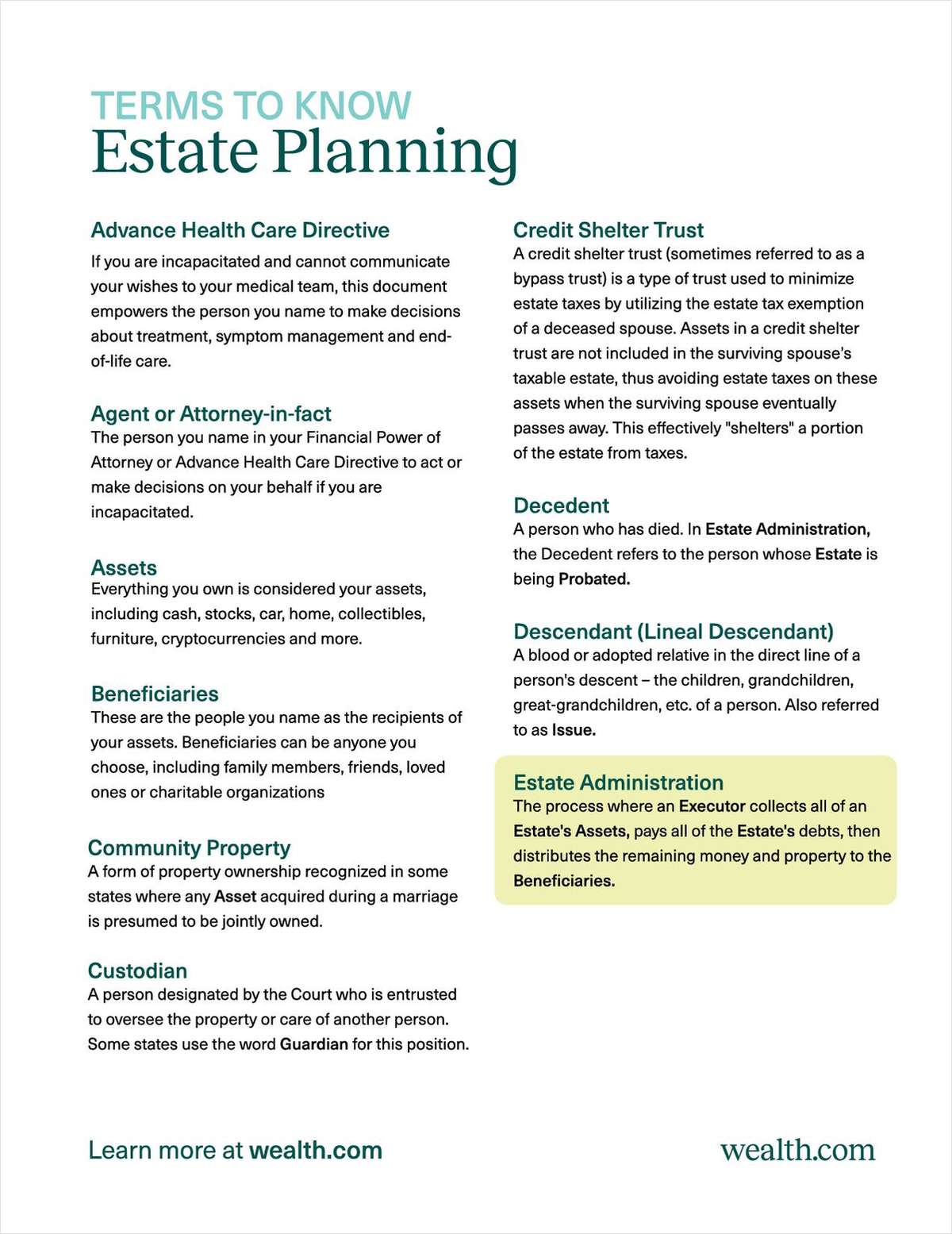"Probable Outcomes — Secular Stock Market Insights," by Ed Easterling (Cypress House, 2010, 2011).
Readers of the Investment Edge and Broker's Bookcase will remember that "Probable Outcomes" has been reviewed. Nonetheless, given the vagaries of the market, I thought of a different Bookcase this time. I consider "Probable Outcomes" to be an investing Bible and Ed Easterling to be a national treasure. His Crestmont Research is one of the best places on the web to get unbiased freestanding thinking. If you can't find a copy of "Probable Outcomes" through your bookseller, I'm sure there are a few copies available through the website.
Without more fanfare, here's pure Ed on investing (quoted by permission of the author from pages 162 and 163 of "Probable Outcomes"):
Sophisticated investors and professionals know that it requires more discipline to avoid mistakes in the heat of stress than it does to make good decisions in the comfort of time. Good decisions during periods of stress are often the result of careful planning in advance. Success also requires a combination of wisdom from experience and instinct about the markets. Trends that do not have a history of continuing indefinitely generally don't; history is a wise source of insights.
During periods of high volatility and declining market trends, it is all too easy to get caught up in the mindset of extrapolating the bad times well into the future. Likewise, periods of low volatility and steady climbs often build a false sense of confidence about the market and an attitude of heightened complacency toward risk. One element for long-term success is to avoid making emotional decisions during the rare periods. For example, periods of anxiety and complacency often lead investors to concentrate on the investments that appear to be working. At the same time, they may dump nonperforming investments that are generally winners.
Beware the elf of human nature perched on your left shoulder, whispering irrational recommendations when rationality is most needed. Even if the elf of best practices on your right shoulder espouses great wisdom, the comfort food of emotion may lure you to the wrong choice. The elf of human nature is a magician with sleight of hand skills that will seek to divert with backward logic and the luring trio of hope, fear and greed. The elf of best practices, however, can help to control his counterpart and remind you that even after 10 heads in a row, tails has not become more likely, no matter how tempting.
The trio of hope, fear and greed distracts investors from discipline. The mere decision to purchase an investment invokes a sense of commitment. Upon execution, feelings of cognitive dissonance drive the tendency for people to justify their actions. This either reinforces confidence about winners, or fosters hope for the recovery of losers.
An investment starts with a sense of hope — the hope that the first steps upward will continue or the hope that a slight slide will soon recover. A further slide can move the emotions from hope to fear, which creates an empty feeling of anxiety, the uncertainty associated with the possibility of losing money on an investment. Fear and the desire for the antidote of hope drive investors to hold on to losing investments. There is no better feeling than coming from behind to break even. The all-too-common result, however, is an increasing loss that ultimately leads to despair.



